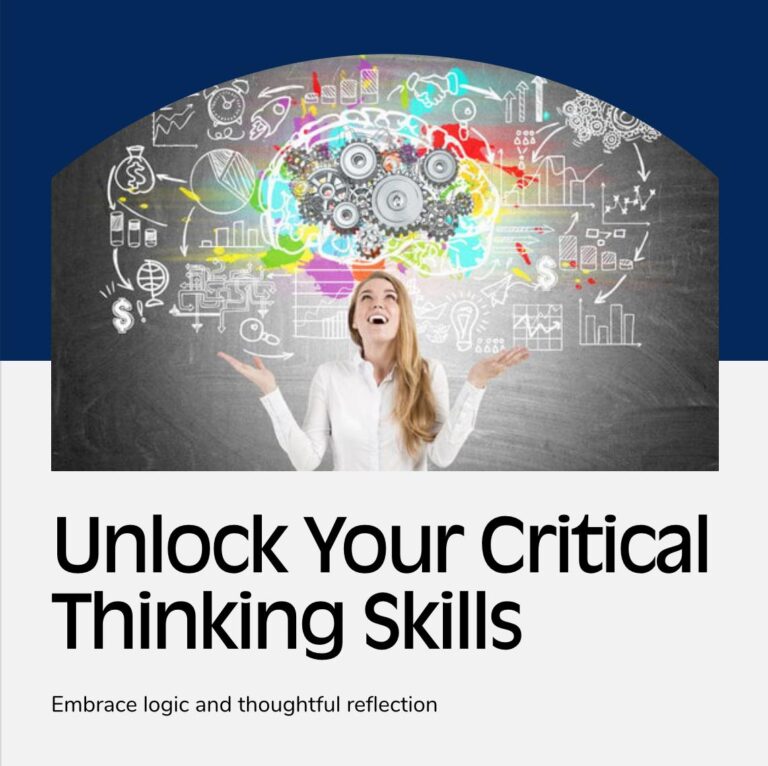Critical Thinking for K-12 Teachers

Trainer: Engy Hammam
Duration: 12 Hours
Objectives
By the end of this training, participants will be able to:
1. Understand the Concept of Critical Thinking
• Define critical thinking and its importance in K-12 education.
• Differentiate between critical thinking and rote memorization.
2. Explore and Apply Critical Thinking Frameworks
• Familiarize themselves with widely used models such as Bloom’s Taxonomy, Socratic
Questioning, De Bono’s Six Thinking Hats, and Paul & Elder’s Critical Thinking Model.
• Apply these models to lesson planning and classroom activities.
3. Develop Effective Teaching Strategies to Enhance Critical Thinking
• Use questioning techniques to encourage higher-order thinking skills.
• Integrate active learning strategies such as debates, problem-solving tasks, and inquiry-based
learning.
4. Implement Critical Thinking Across Different Subjects
• Adapt strategies to fit various subjects.
• Design lesson plans that promote critical thinking in different disciplines.
5. Assess and Provide Feedback on Critical Thinking Skills
• Utilize assessment tools and rubrics to evaluate students’ critical thinking abilities.
• Provide constructive feedback to students to help them refine their critical thinking skills.
6. Develop an Action Plan for Classroom Implementation
• Identify potential challenges in fostering critical thinking and develop solutions.
• Create a personalized action plan for integrating critical thinking into daily instruction.
Session Breakdown
Module 1: Introduction to Critical Thinking
• Definition and importance of critical thinking in K-12 education
• Differences between critical thinking and memorization
• The role of teachers in fostering critical thinking
• Icebreaker activity: “Think Outside the Box” challenge
Module 2: Critical Thinking Frameworks & Models
• Overview of widely used models:
• Bloom’s Taxonomy
• Socratic Questioning
• De Bono’s Six Thinking Hats
• Paul and Elder’s Critical Thinking Model
• Case study: Applying different models to a lesson plan
Module 3: Strategies for Promoting Critical Thinking
• Questioning techniques to develop higher-order thinking
• Encouraging curiosity and inquiry-based learning
• Active learning strategies (e.g., debates, problem-solving tasks)
• Activity: Designing critical thinking questions for different subjects
Module 4: Implementing Critical Thinking Across Subjects
• Subject-specific strategies:
• STEM: Inquiry-based learning & problem-solving
• Humanities: Analyzing sources, forming arguments
• Arts: Creative thinking and interpretation
• Workshop: Developing a lesson plan that integrates critical thinking
Module 5: Assessment and Feedback for Critical Thinking
• Tools and techniques for assessing critical thinking
• Rubrics and self-reflection strategies
• Providing effective feedback to students
• Hands-on activity: Creating a critical thinking assessment tool
Module 6: Action Plan & Implementation
• Overcoming challenges in fostering critical thinking
• Developing a personalized action plan
